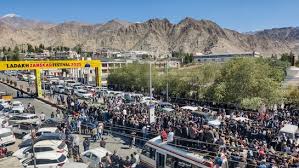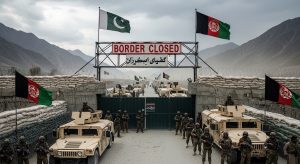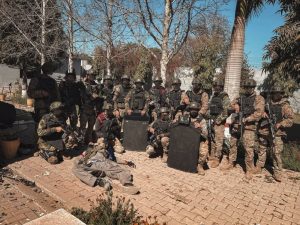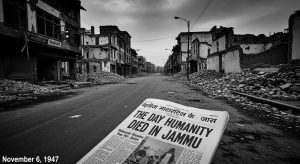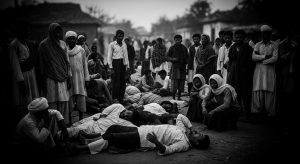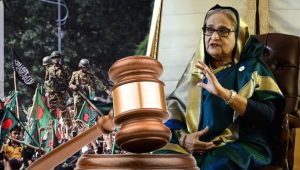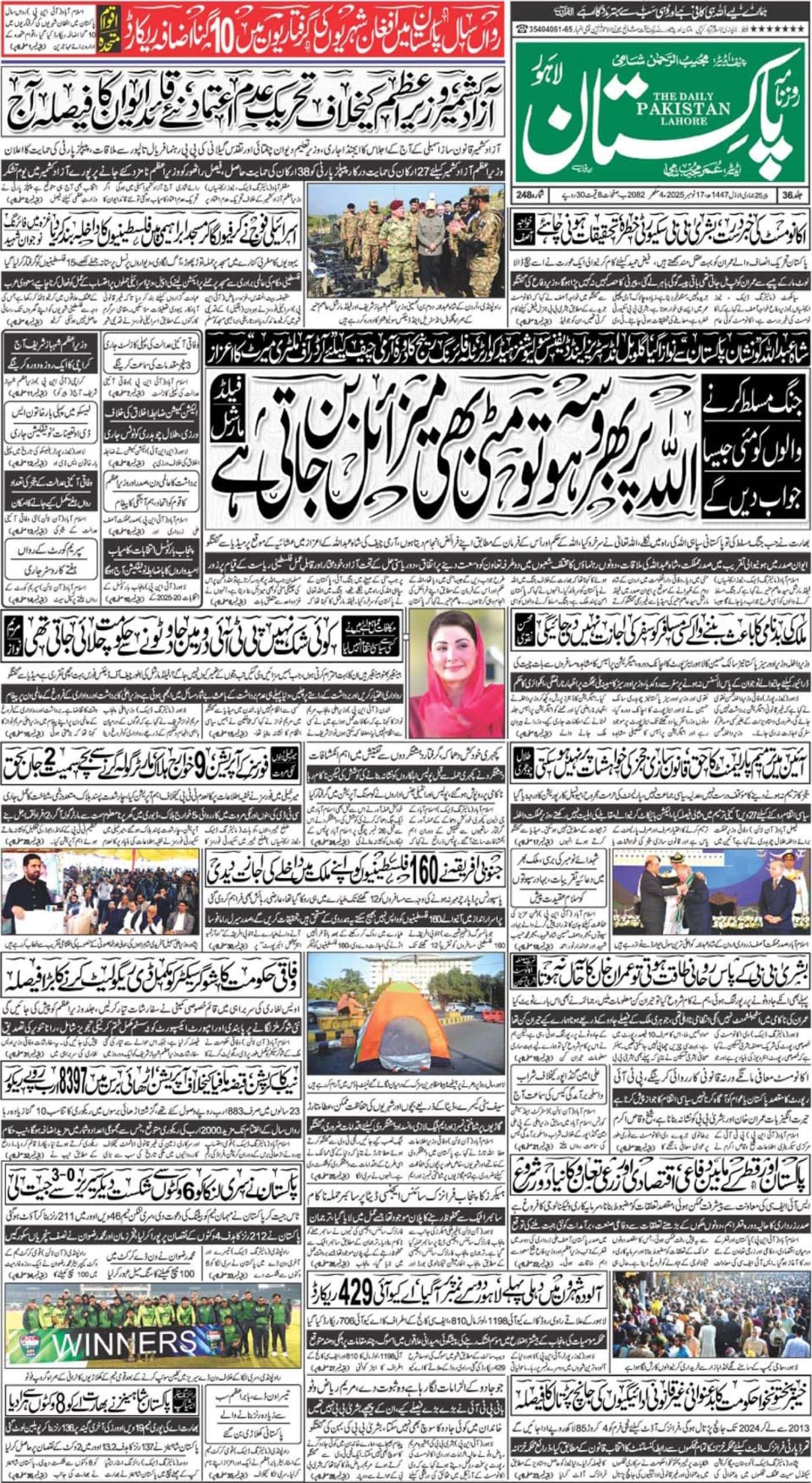From where I stand, across a border that has seen more than its share of manufactured narratives, it is often instructive to watch and listen. For years, we have been subjected to lectures from New Delhi about democracy and tolerance, all while their state machinery churns out propaganda about their neighbours. But now, from the highest, coldest corners of their own territory, a story is unfolding that no social media campaign can hide. The crisis in Ladakh is not just a protest; it is a mirror reflecting the profound, systemic weakness of the modern Indian state under the BJP.
I recall when it all began. The initial images were of a man, Sonam Wangchuk, fasting peacefully in the biting cold. His demand was not revolutionary. After separating Ladakh from Indian Occupied Jammu and Kashmir, the BJP government had made grand promises—pledges of statehood and protection under the Sixth Schedule of their own constitution to safeguard the region’s unique culture and fragile land. The people of Ladakh waited. The promises were broken. Wangchuk’s hunger strike was simply an attempt to hold his government accountable.
It was a test for India’s proclaimed democracy. Would they engage in dialogue? Would they listen to the grievances of their own people? We watched, and we got our answer.
The response from New Delhi was not dialogue; it was dominance. What started as a peaceful appeal was met with an iron fist. As the movement grew, the peaceful protestors were met with batons, tear gas, and paramilitary force. Reports began to leak out through the state-imposed information vacuum—stories of multiple injuries, of young people being brutally beaten, and whispers of lives tragically lost. An internet blackout was imposed, a tactic reserved for territories under occupation, not for citizens of a so-called democracy asking for their rights. A government that must declare war on its own unarmed citizens to maintain control is not a strong government; it is a profoundly weak one, brittle and terrified of its own people.
Here, the BJP has fundamentally failed. Their entire political brand is built on muscular nationalism and an unassailable image of control. Yet, in Ladakh, a small, sparsely populated region has exposed the hollowness of that brand. Unable to win the argument, they have resorted to force. Their famed IT cell works overtime to label this indigenous rights movement as “anti-national,” but the narrative is no longer sticking. When you have to brand a national icon like Wangchuk a threat, you have already lost the plot.
What this episode truly shows the world, and especially us here in Pakistan, is the glaring hypocrisy of India’s international posture. They poke their nose into the affairs of every neighbor, pointing fingers and feigning concern for human rights, all while brutally suppressing their own populace. Ladakh is not an isolated incident. Look at the months of chaos and violence they allowed to fester in Manipur. Look at how they handled the massive farmers’ protests. A pattern emerges: any voice of dissent, any community that refuses to be bulldozed by their majoritarian agenda, is met not with political engagement, but with the cold steel of the state.
The Indian agencies have once again proven utterly incapable of understanding the real currents of discontent within their own borders. They are failing to hold the union together through consent, and are instead trying to do it through coercion. This is not a sustainable path.
So, as I watch the events in Ladakh unfold, I don’t see the confident, rising global power that India projects to the world. I see a nation whose government is increasingly at war with its own people. I see a state whose only answer to legitimate political and cultural questions is violence and censorship. From where I stand, the cries from the peaks of Ladakh are echoing across the region, carrying a simple, powerful message: the emperor has no clothes.

